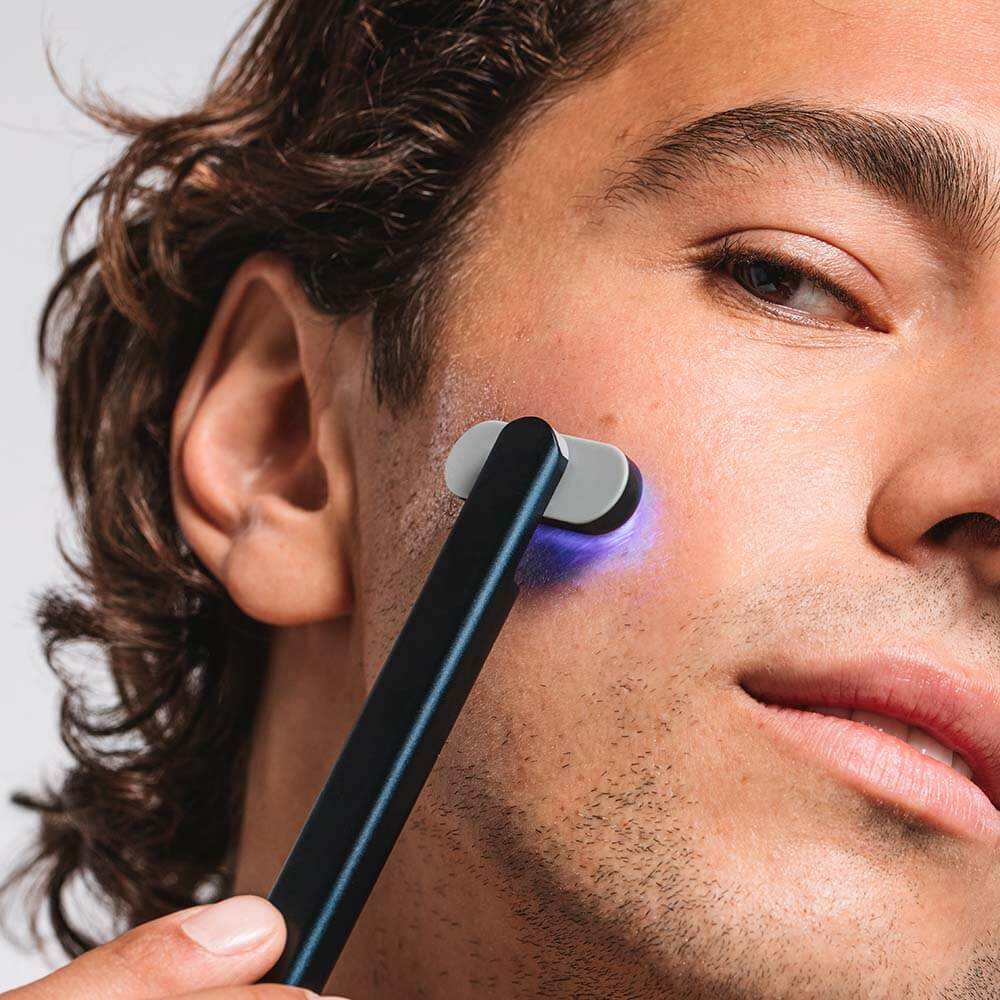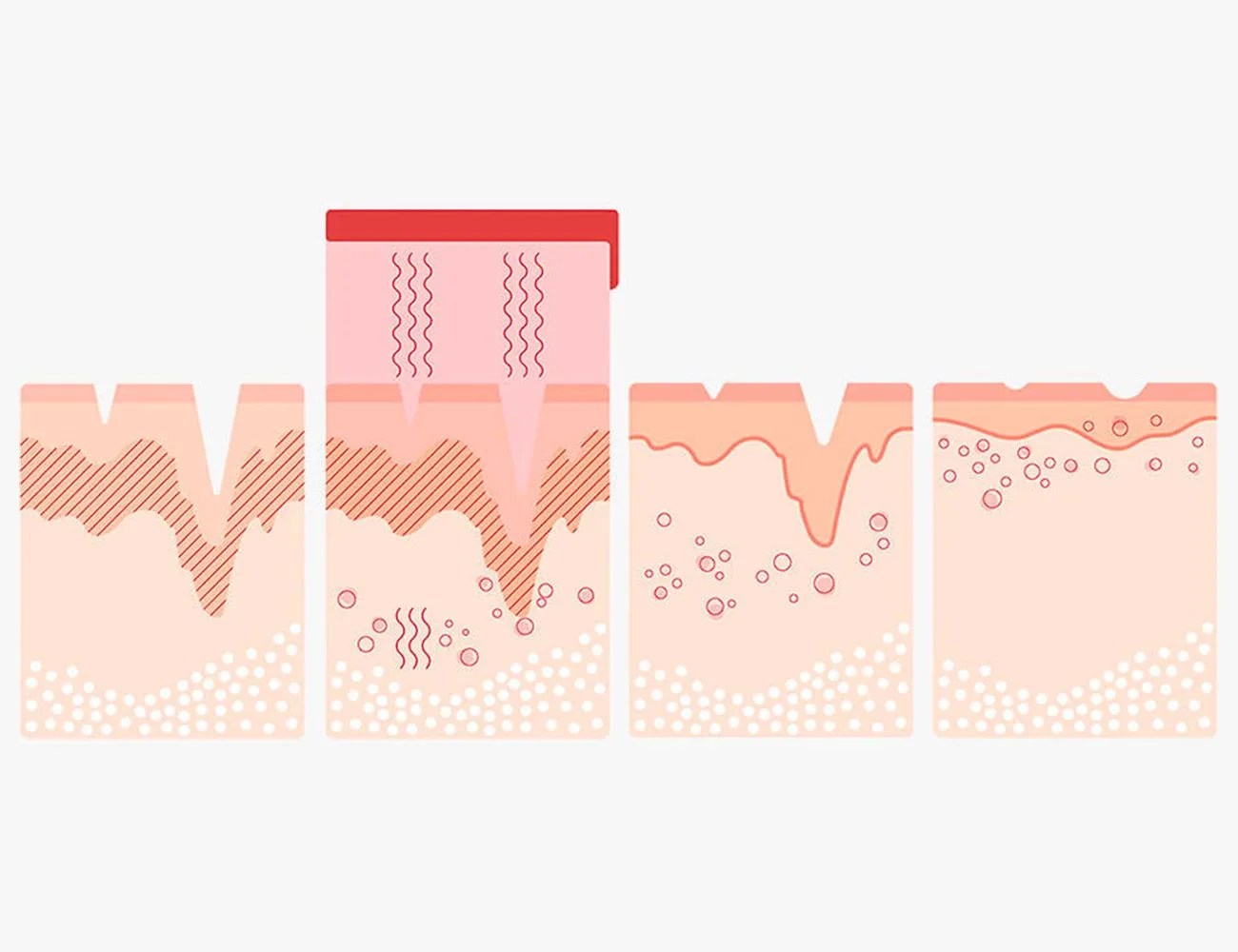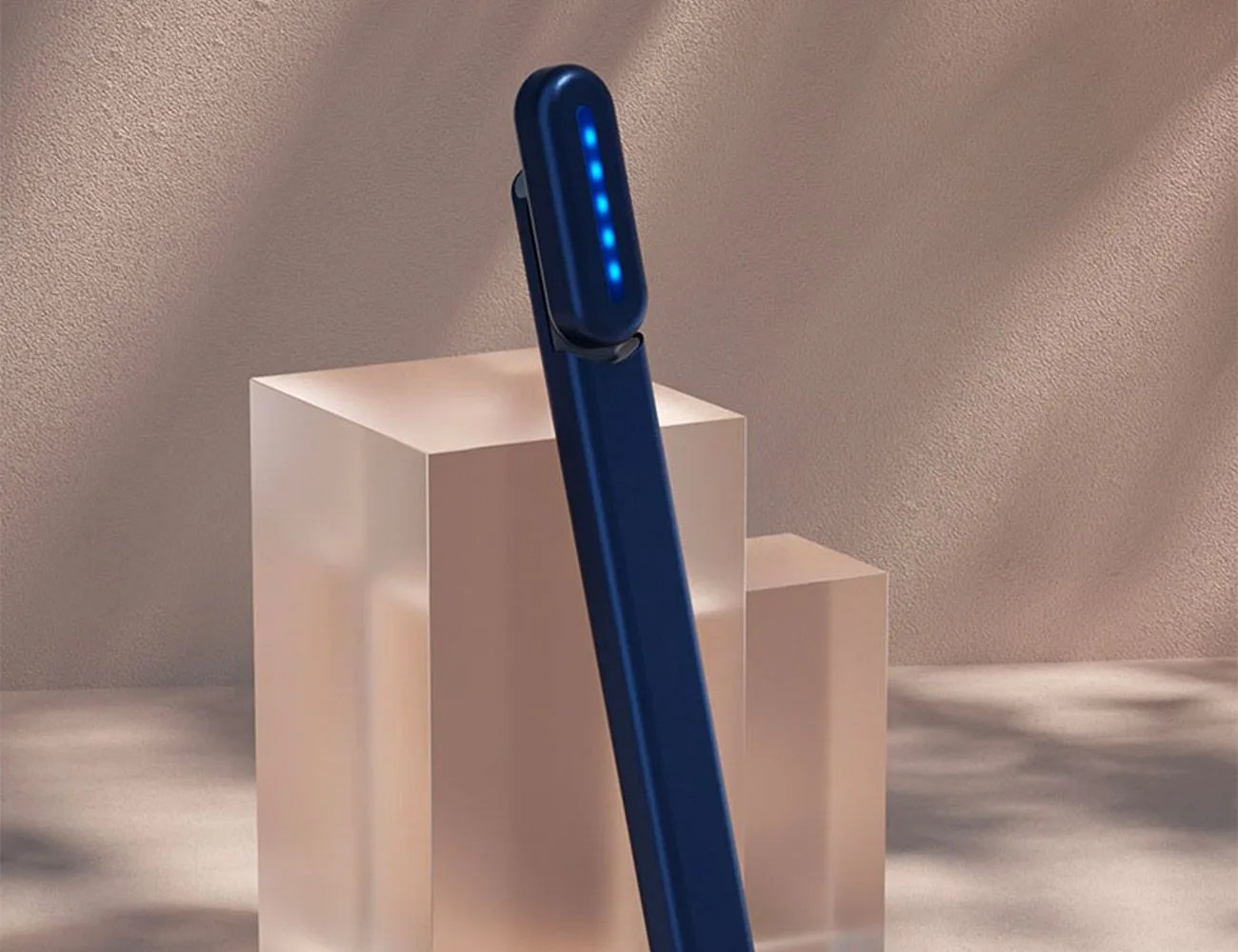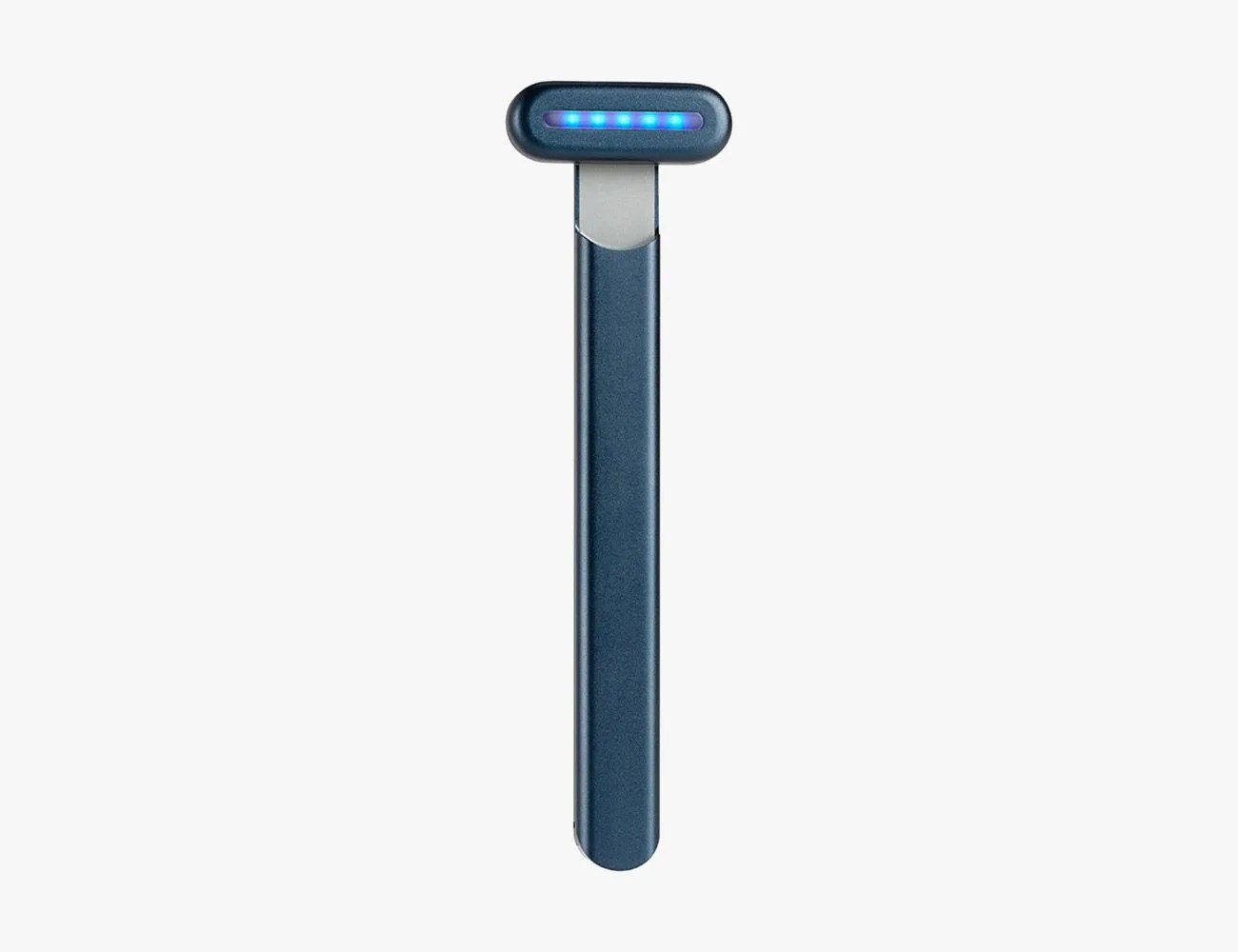We’ve all heard the warnings: Blue light is bad for you. It emanates from the sun, computer and phone screens, TVs and fluorescent and LED lights. It accelerates vision loss through macular degradation; there’s reason to believe it contributes to the development of skin cancers. Considering how much we collectively use our phones and computers, and how closely we hold them to our faces, there’s sensible concern surrounding blue light exposure. (Google searches for “blue light” have fluctuated over time, but remain largely steady.)
About Blue Light
According to Ohio State University’s Wexner Medical School, “The fear is that it’s causing cumulative damage over a long period of time, as it passes through the cornea and lens and reaches the retina… Damage to the retina can cause vision problems such as age-related macular degeneration, which can lead to permanent vision loss. Up to 9-percent of people will experience macular degeneration, which is the most common reason for blindness in adults in the western world.”
But it obviously isn’t just our eyes doctors are worried about. We’ve, meaning us non-medical professionals, long known how prolonged exposure to the sun can impact the skin. But does close-up blue light exposure guarantee the same cancer growth and hyperpigmentation?
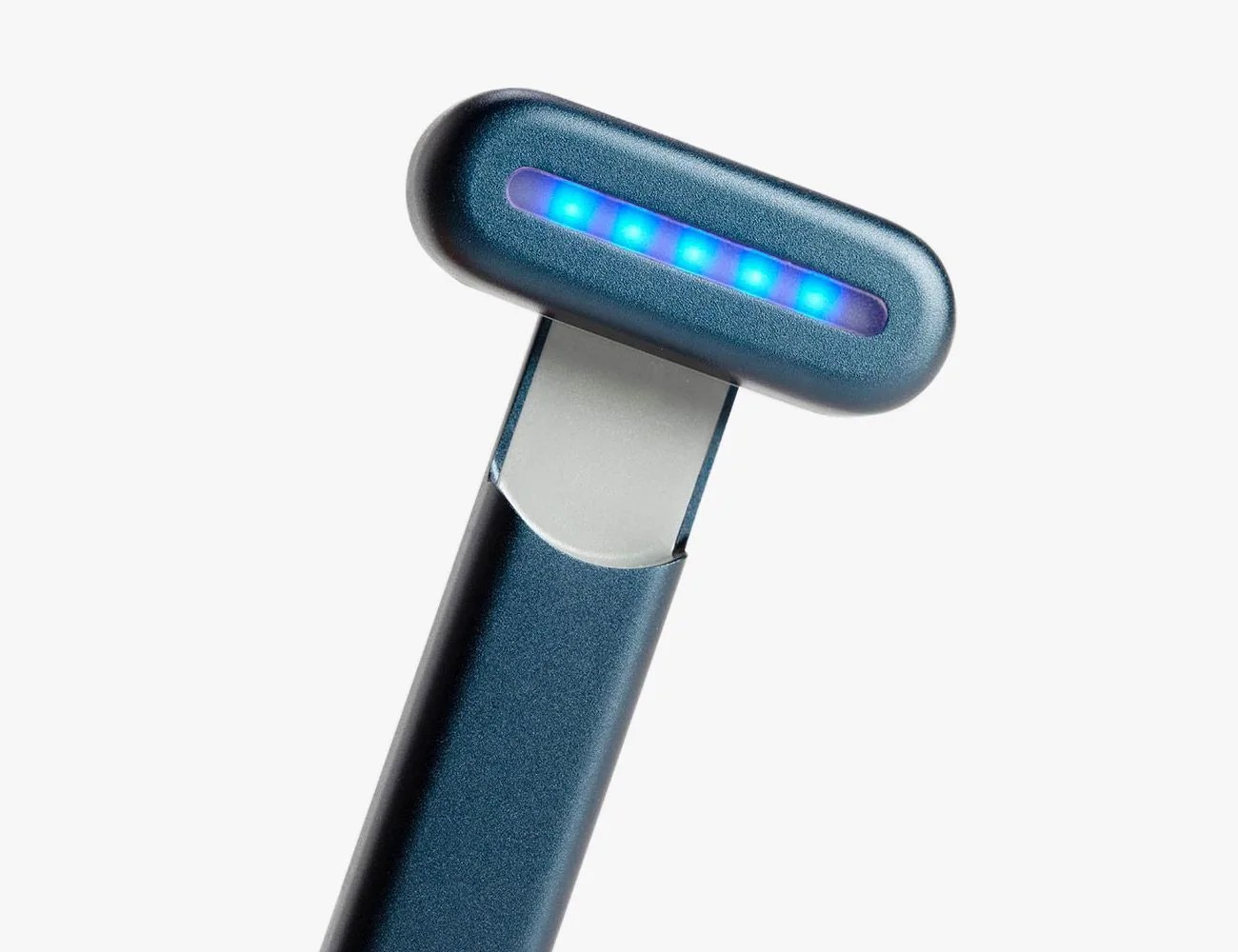
“Concerns about the negative effects of blue light on the skin have rapidly increased over the past 15 years, and consequently, the urge to learn more about this topic is increasing as well,” a periodical in the J Cosmet Journal of Dermatology reports. But “blue light can be both harmful and beneficial to the skin, depending on intensity and wavelength,” the authors ultimately determined.
